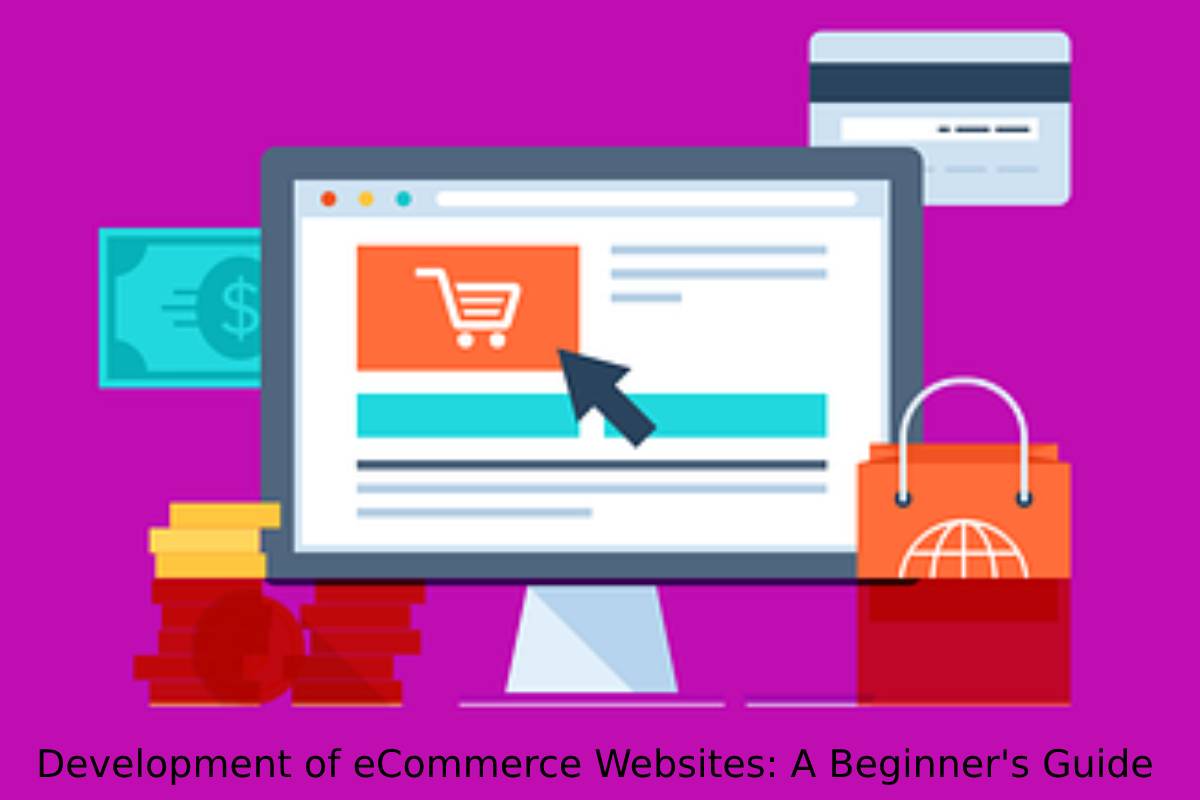The sector that has altered the way of life the fastest and most beneficial is e-commerce. No matter where they were located, it connected every buyer, vendor, and end user with one another. You have unlimited freedom to promote your products and services on the huge platform that is e-commerce. Have you ever considered the life cycle involved in developing an e-commerce website? This beginner’s guide will teach you the simple procedures involved in creating an e-commerce website or you can learn how to manage eCommerce website by doing an eCommerce marketing course.
Table of Contents
For guidance on creating an e-commerce website, see:
1. Develop a plan of action
Starting with a strong approach will help you establish an e-commerce website with success. Even the most basic e-commerce platforms have specific requirements that must be met by you and your company.
For instance, everyone claims to have amazing customer service, yet you’re about to enter a world where your e-commerce site may be the difference between life and death. Don’t you want helpful people on hand to solve any issues that may arise and customer assistance that is available around the clock?
As your firm expands, it’s critical to anticipate your biggest requirements and difficulties. If you intend to sell real goods, make your shipping arrangements in advance.
Think about the bandwidth and delivery choices you’ll need if you’re selling digital goods. Online service sales? Include a detailed description of the products you’ll be selling, the delivery method, and any price or delivery deadlines.
Also Read: Learn Ecommerce Management by Enrolling in Digital Marketing Courses in Mumbai
2. Select a Domain and Platform for Your Online Store
Is a special domain required for your online store? The quick response is no.
Your needs for an e-commerce website might be met by this. A custom domain, however, is the best option if you want to sell a wide range of products and build or expand your brand.
A unique domain provides your online store with:
- a well-known brand that you own, like mystore.com
- a reliable email address that is connected to your domain and may be used to contact you
- advantages of search engine optimization
- With a few clicks, you can quickly create a unique domain for your ecommerce store.
The next step is choosing the ideal e-commerce platform for your expanding company. The perfect platform for an e-commerce website is one that is adaptable and simple to use. The majority of small business owners don’t want to deal with hand-coding.
Owners of businesses and one-person businesses require a platform that they can easily integrate with their current website. An alternative is a platform that enables you to create a site from scratch in a few easy steps if you don’t yet have one.
3. Choose a price and arrange payments.
When building an e-commerce website, there are three important payment-related considerations: how you will price your products, how customers will pay you, and how you will transfer client funds into your own bank account.
You can be expanding your local business online or starting from scratch. In any case, there are various expectations for how you would set a price for your goods in the online world.
You can be expanding your local business online or starting from scratch. In any case, there are various expectations for how you would set a price for your goods in the online world.
When setting the price of your products for online sale, there are numerous things to take into account, such as:
The price of materials for each thing:
- Hosting for online stores Shipping taxes
- Deductions for fees and a percentage of each sale made by different companies, such as PayPal, credit cards, etc.
- Next, establish how payments will be accepted on your e-commerce site. Finding a third-party payment processor to serve as the middleman is frequently required.
4. Create Your Store and Add Items
It’s time to design your store as the next step in creating an e-commerce website. Consider what you want to include in addition to your products.
When creating an e-commerce website, you should at the absolute least include a about page and a contact page to make it easier for customers to get in touch with you. Additionally, you can include text and video on your pages.
5. Design a Fantastic Checkout Process
The bane of internet commerce is abandoned shopping carts. The average online shopping cart abandonment rate was over 69% in 2017, according to a study by the Baymard Institute that averaged 37 cart abandonment investigations.
As you create an e-commerce website, reduce cart abandonment by enabling customers to buy numerous things at once.
If you can, provide free shipping; else
- transparent disclosure of delivery charges in great detail (before customers get to the checkout)
- Making certain that your checkout is mobile-friendly.
- sending emails to customers who abandon their shopping cart whenever they depart without making a purchase
6. Promote Your Expanding Business
You must advertise your goods once you’ve built an e-commerce website in order to boost traffic and boost sales.
Many sellers opt to sell on marketplace websites like Etsy or Amazon, but they struggle due to exorbitant fees and other restrictions.
After developing an e-commerce website, you’ll need a sound marketing strategy to attract the proper clients and keep them coming back for more.
Author’s Bio

Karan Shah
Founder and CEO at IIDE
Apart from being an Edu-Preneur, Tedx Speaker and a Black Coffee connoisseur, Karan Shah is also the founder of IIDE- The Digital School.
A Harvard alumnus, Karan’s expertise lies in digital marketing and Ecommerce. A storyteller at heart, he has penned plenty of articles in leading news portals such as Entrepreneur, BusinessWorld, Education Times, and Youth Magazine to name a few.



